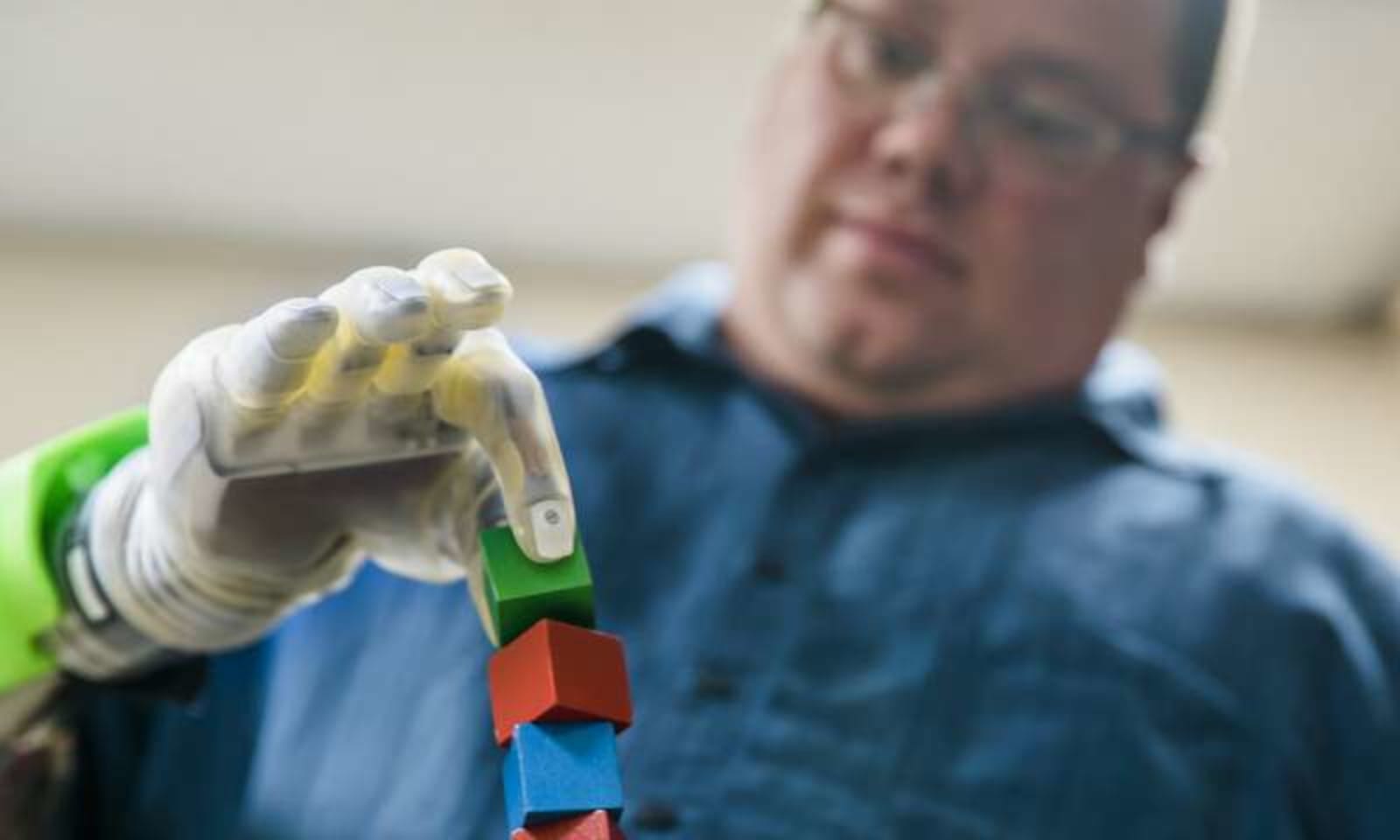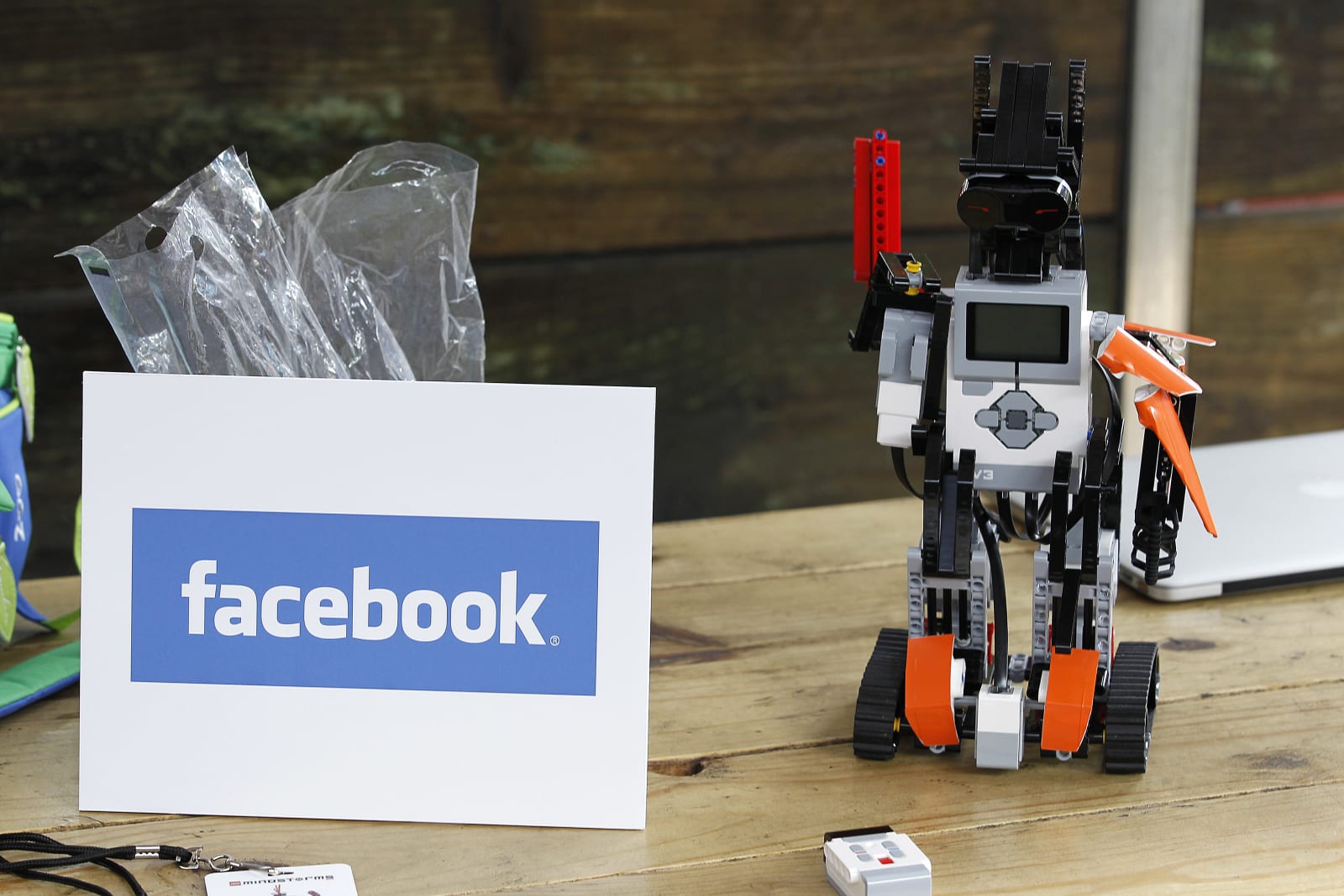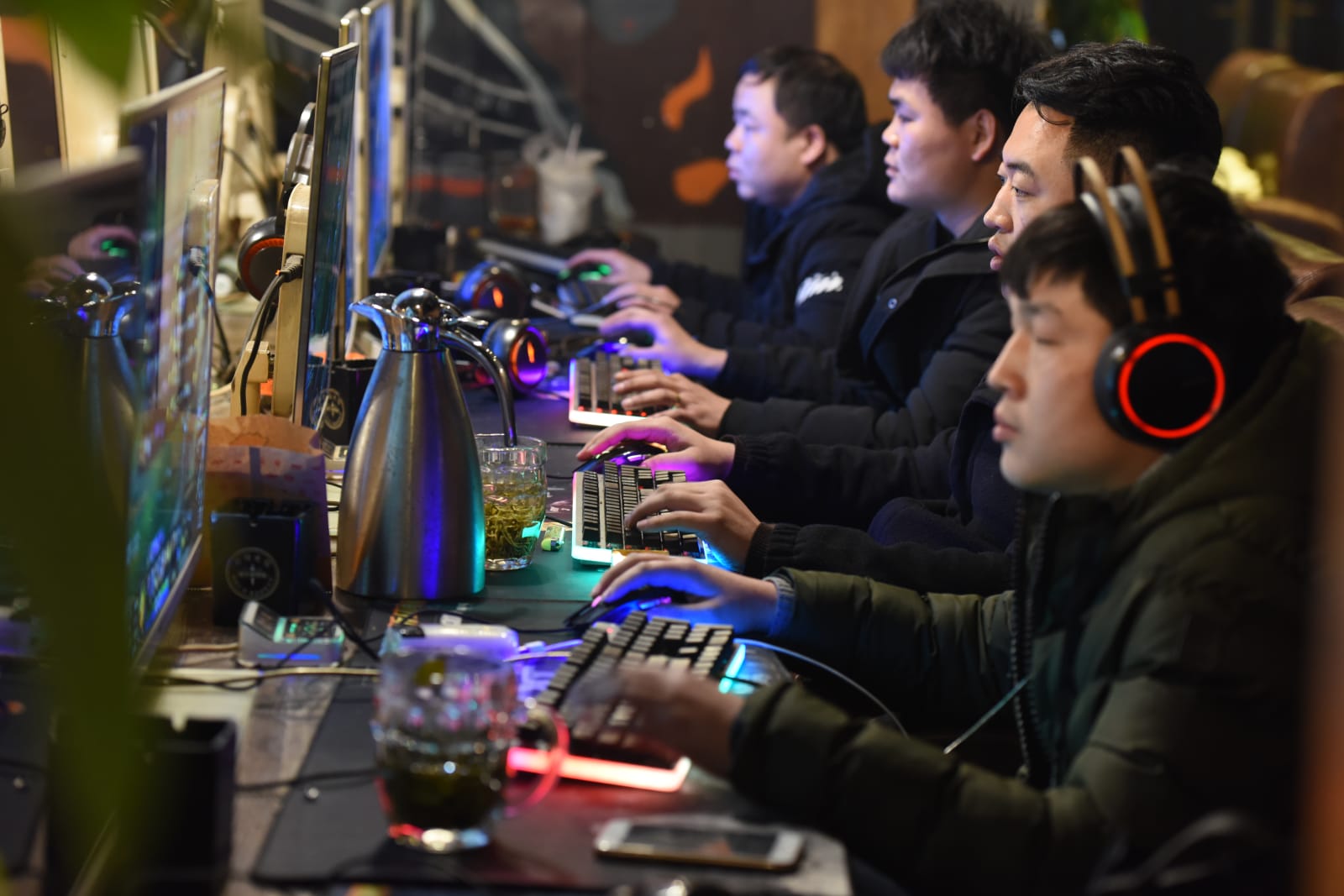 For those working in the field of neuroprosthetics, the ultimate goal is to give amputees with artificial limbs natural, intuitive and real-time movement. Indeed, advances in the field have led to mind-controlled systems and even those that create ki...
For those working in the field of neuroprosthetics, the ultimate goal is to give amputees with artificial limbs natural, intuitive and real-time movement. Indeed, advances in the field have led to mind-controlled systems and even those that create ki...
Scientists develop neuroprosthetic tech that amputees don’t need to learn
 For those working in the field of neuroprosthetics, the ultimate goal is to give amputees with artificial limbs natural, intuitive and real-time movement. Indeed, advances in the field have led to mind-controlled systems and even those that create ki...
For those working in the field of neuroprosthetics, the ultimate goal is to give amputees with artificial limbs natural, intuitive and real-time movement. Indeed, advances in the field have led to mind-controlled systems and even those that create ki...
 One of the most important aspects of YouTube is its recommendation engine, as the vast majority of views and watch time come from suggested content, rather than direct traffic. The platform does a good job of determining which videos would be relevan...
One of the most important aspects of YouTube is its recommendation engine, as the vast majority of views and watch time come from suggested content, rather than direct traffic. The platform does a good job of determining which videos would be relevan...
 AI is the backbone of technologies such as Alexa and Siri -- digital assistants that rely on deep machine learning to do their thing. But for the makers of these products -- and others that rely on AI -- getting them "trained" is an expensive and oft...
AI is the backbone of technologies such as Alexa and Siri -- digital assistants that rely on deep machine learning to do their thing. But for the makers of these products -- and others that rely on AI -- getting them "trained" is an expensive and oft...
 The FDA just granted clearance to a suite of algorithms that could help healthcare providers in the US more accurately screen for heart conditions during routine physical exams. The algorithms, developed by Eko, can help detect both heart murmurs, in...
The FDA just granted clearance to a suite of algorithms that could help healthcare providers in the US more accurately screen for heart conditions during routine physical exams. The algorithms, developed by Eko, can help detect both heart murmurs, in...
 Congresswoman Kathy Castor (D-Florida) is calling on YouTube to stop including climate change misinformation in its recommendation algorithm and to demonetize videos that deny climate change. In a letter addressed to Google CEO Sundar Pichai, Castor...
Congresswoman Kathy Castor (D-Florida) is calling on YouTube to stop including climate change misinformation in its recommendation algorithm and to demonetize videos that deny climate change. In a letter addressed to Google CEO Sundar Pichai, Castor...
 It's already possible for robots to navigate without maps, but having them navigate well is another matter. You don't want them to waste time backtracking, let alone fall down if they bump into an unexpected obstacle. Facebook might have a solution...
It's already possible for robots to navigate without maps, but having them navigate well is another matter. You don't want them to waste time backtracking, let alone fall down if they bump into an unexpected obstacle. Facebook might have a solution...
 Scientists have created a new life form that's something between a frog and a robot. Using stem cells scraped from frog embryos, researchers from the University of Vermont (UVM) and Tufts University assembled "xenobots." The millimeter-wide blobs act...
Scientists have created a new life form that's something between a frog and a robot. Using stem cells scraped from frog embryos, researchers from the University of Vermont (UVM) and Tufts University assembled "xenobots." The millimeter-wide blobs act...
 China is once more tightening its grip on internet content, and this time algorithms are in the spotlight. The Cyberspace Administration of China has published upcoming rules that dictate how internet companies manage content, including a push for r...
China is once more tightening its grip on internet content, and this time algorithms are in the spotlight. The Cyberspace Administration of China has published upcoming rules that dictate how internet companies manage content, including a push for r...
 Today, the FDA granted "breakthrough status" to an algorithm that could make screening for heart failure more accessible -- both in traditional clinics and telehealth settings. The algorithm uses a deep neural network developed by digital health comp...
Today, the FDA granted "breakthrough status" to an algorithm that could make screening for heart failure more accessible -- both in traditional clinics and telehealth settings. The algorithm uses a deep neural network developed by digital health comp...
 In order for self-driving cars to park themselves, they'll need to be able to see around corners. A team from MIT's CSAIL may have a new way to do that. Using video footage of shadows, they've developed an algorithm that can recreate video of what's...
In order for self-driving cars to park themselves, they'll need to be able to see around corners. A team from MIT's CSAIL may have a new way to do that. Using video footage of shadows, they've developed an algorithm that can recreate video of what's...